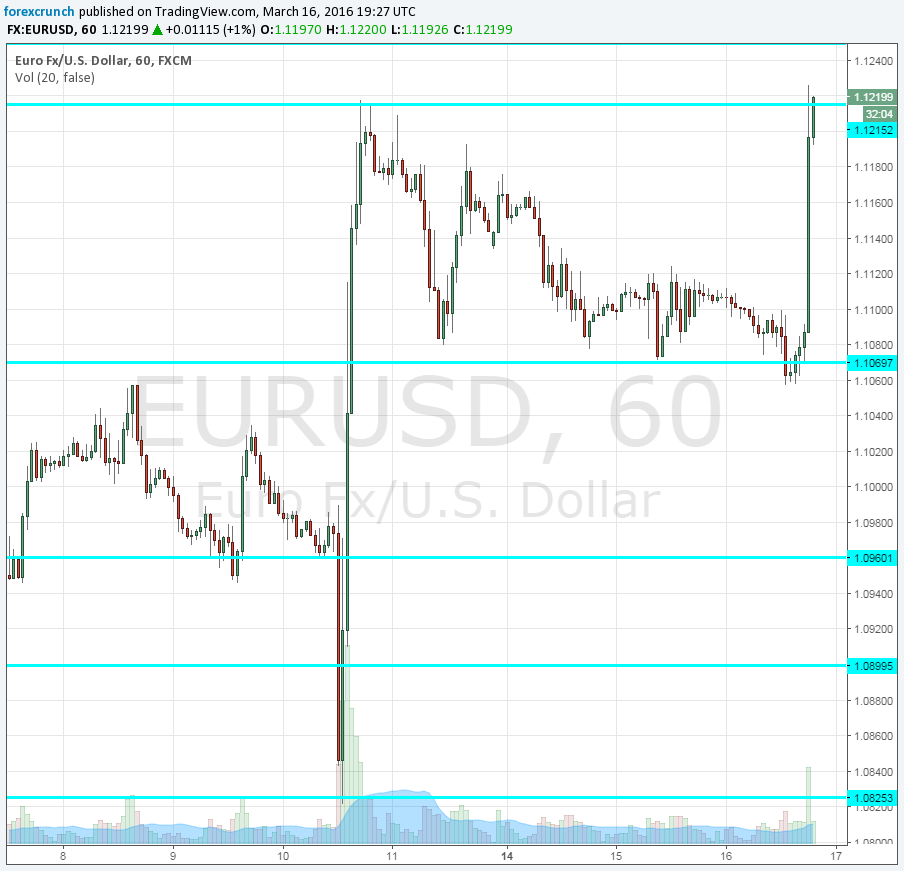The dollar totally tanked on the Fed decision. Was it the dot plot that crashed the greenback? Not exactly, that’s only one reason in a generally dovish statement that seems to contradict quite a few recent developments. What does the Fed know that we don’t?
Here are 5 dovish points in the decision that explain the downfall of the US dollar:
- Lower inflation forecasts: Contrary to the stronger inflation figures in the general Core CPI, the Fed focuses on the Core PCE Price Index and it slashed forecasts quite hard for 2016. The Fed has is very dovish on inflation, losing hope and will believe it only when it sees it.
- Weaker global growth: Financial markets look better in recent weeks: stocks, oil and other commodities look better, China pledged to support growth and also the ECB threw the kitchen sink. However, this is still a source of concern for the Fed, and this is dovish.
- “Soft”: The Fed’s statement sees soft business investment and net exports. This comes despite the ongoing recovery and better core durable goods orders which reflect lower investment. Also the talk about weaker net exports shows worries, and once again, the softer dollar in recent weeks should have encouraged the Fed.
- Hawkish dissenter: It is easier to see that the Fed is dovish when the only dissent comes on the hawkish side. Esther George voted for a rate hike. She is a known hawk but she was a lone voter.
- Dot plot, but not only the short term: The Fed had 4 rate hikes foreseen for 2016 and now it’s slashed to only 2. However, this was certainly expected. However, the Fed also lowered longer term forecasts.
The dollar is crashing across the board with significant levels taken in EUR/USD and USD/CAD. Also other currencies are certainly recovering and oil prices are moving towards the highs. This is a strong reaction, but the move isn’t over until we see the reactions in Tokyo and in Europe.
EUR/USD reaction:

